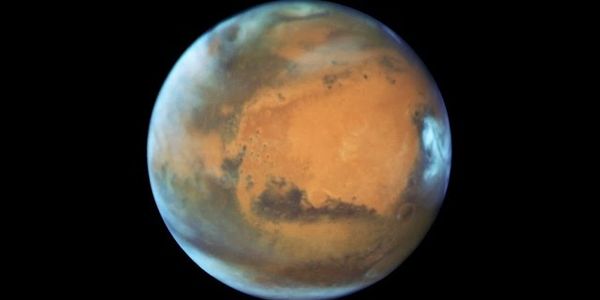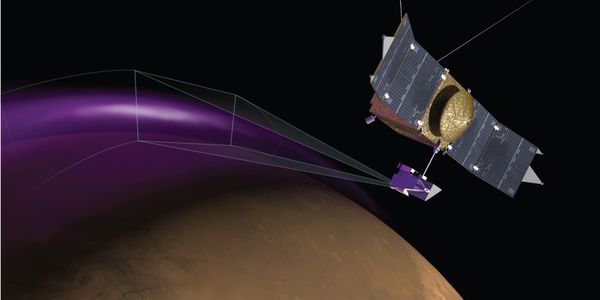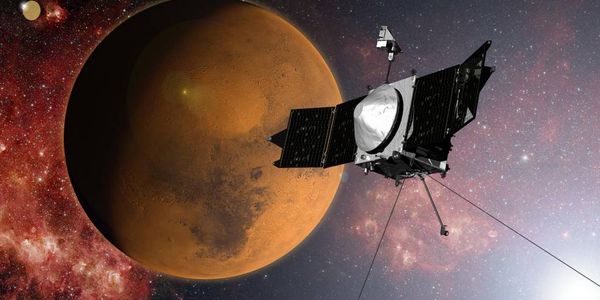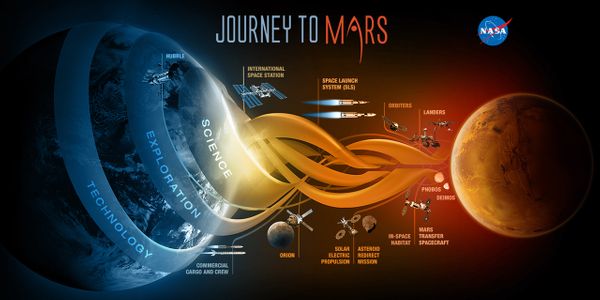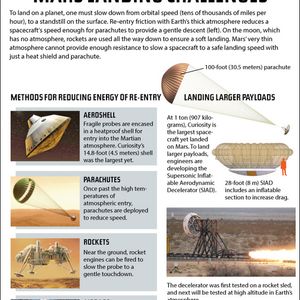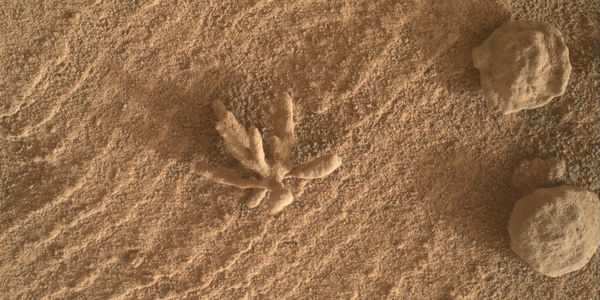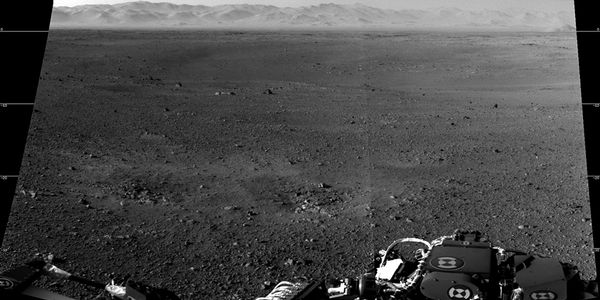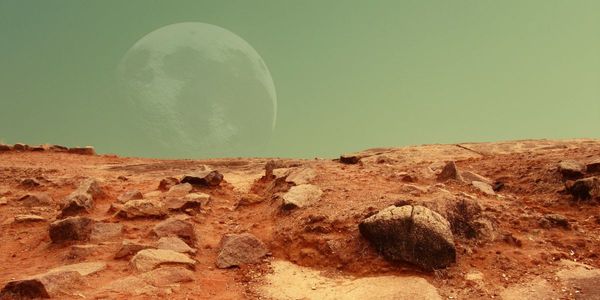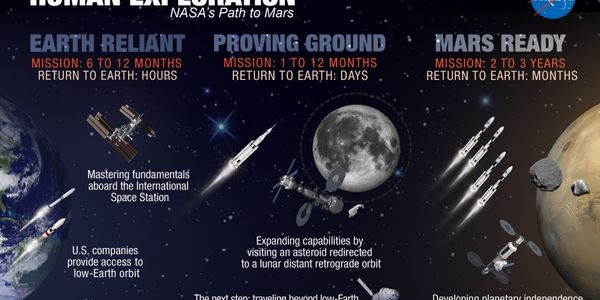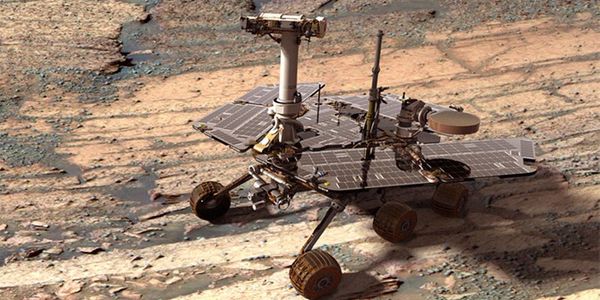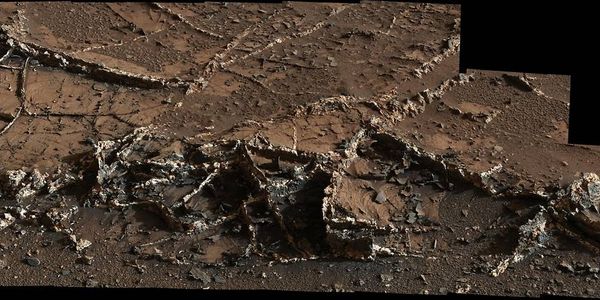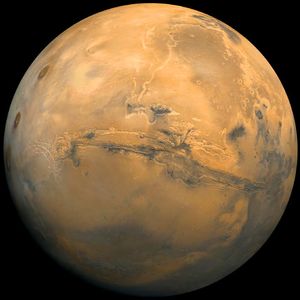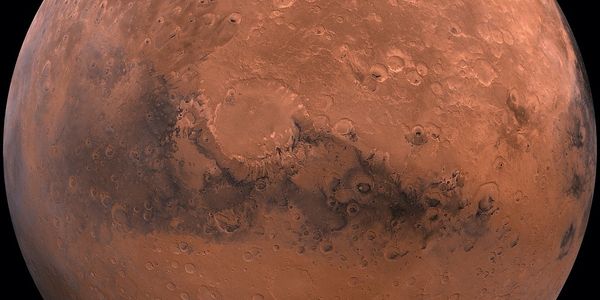Showing 6254 Results
SEARCH
Webinars
(17)
Virtual Events
(16)
Trending News
(768)
Content Tags
(3)
Users
(5423)
Scientific Products
(27)
-
MAY 21, 2016VideosAs of this weekend, Mars is now in opposition; Mars and Earth are on the same side of the sun. So, Mars will rise as the sun sets and it will set as the su
-
MAY 17, 2021Space & AstronomyInternational organizations are pouring in billions of dollars to find signs of life on Mars. While some evidence points towards the possibility of its exi
-
MAR 19, 2015Space & AstronomyEarth doesn't have a monopoly on celestial light shows in the night sky. Mars has them, too.NASA's MAVEN spacecraft (short for Mars Atmosphere and Volatile
-
The European Space Agency (ESA) has recently shared a really interesting panoramic photograph of Mars, taken by the Mars Express spacecraft, which is hover
MAR 03, 2016
Videos
Humans have a unique fascination with Mars. We've conceived of alien Martians and even thought of being our own human Martians who can colonize this red pl
FEB 11, 2019
Space & Astronomy
NASA launched its Mars Atmosphere and Volatile EvolutioN (MAVEN) mission back in November of 2013 with the intent of studying Mars’ upper atmosphere,
NOV 19, 2019
Space & Astronomy
Space agencies and commercial space companies are taking the idea of colonizing Mars very seriously. There’s just one problem: the red planet
MAR 07, 2022
Space & Astronomy
Recently, NASA’s Curiosity Mars rover snapped a photograph of a flower-like rock artifact on the surface of Mars. While this image can be easily mist
NOV 26, 2024
Space & Astronomy
How difficult will it be for future astronauts on Mars to establish a sustainable settlement? This is what a recent preprint submitted to Elsevier hopes to
JUL 11, 2024
Space & Astronomy
What was ancient Mars like? Was it warmer and wetter than it is today or cold and icy like present day Mars? This is what a recent study published in Commu
AUG 30, 2021
Space & Astronomy
It should be safe for humans to travel to Mars, provided journeys don’t take more than four years. The corresponding research was published i
OCT 01, 2015
Videos
ISS astronauts Scott Kelly and Kjell Lindgren talk about the challenges of a mission to Mars. Scott Kelly, when asked how the psychology of the mission to
SEP 08, 2019
Space & Astronomy
As the interest in colonizing Mars grows, researchers are scrambling to find miracle materials that might help with this long-term goal. In additio
MAR 25, 2015
Space & Astronomy
It's official, Mars rover Opportunity has completed a marathon on Mars!Although there was no cheering crowd at the Martian finishing line, there were no do
JUL 07, 2020
Space & Astronomy
After landing on the Moon, heading to Mars became the next logical step for space exploration. Some suggest that flying towards Venus is both a fas
Mars, the fourth planet from our Sun. The Red Planet. From time immemorial, we have gazed at it in wonder and dreamed about what kinds of life we might fin
